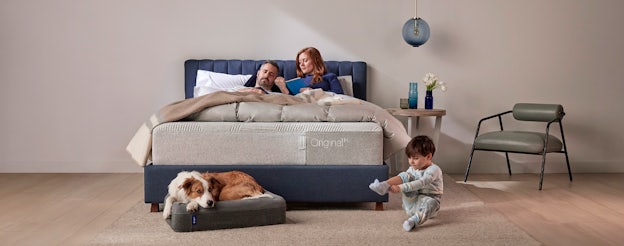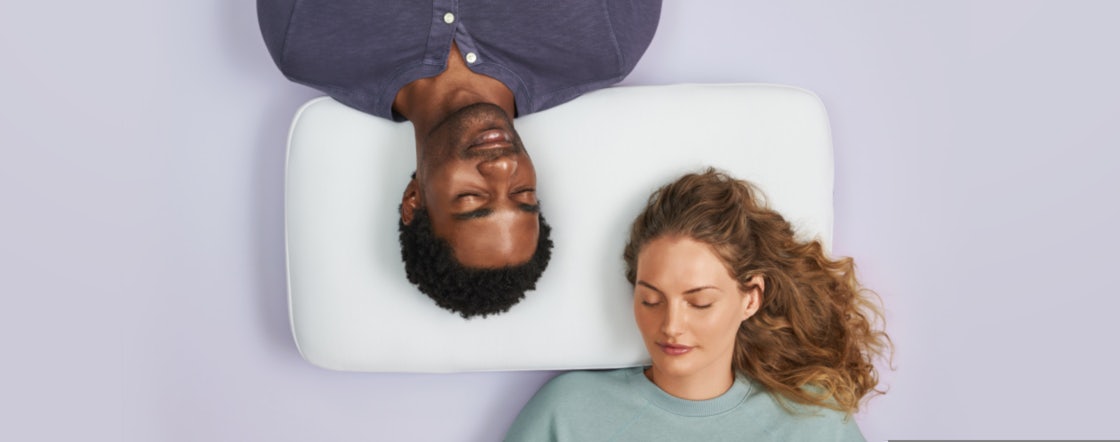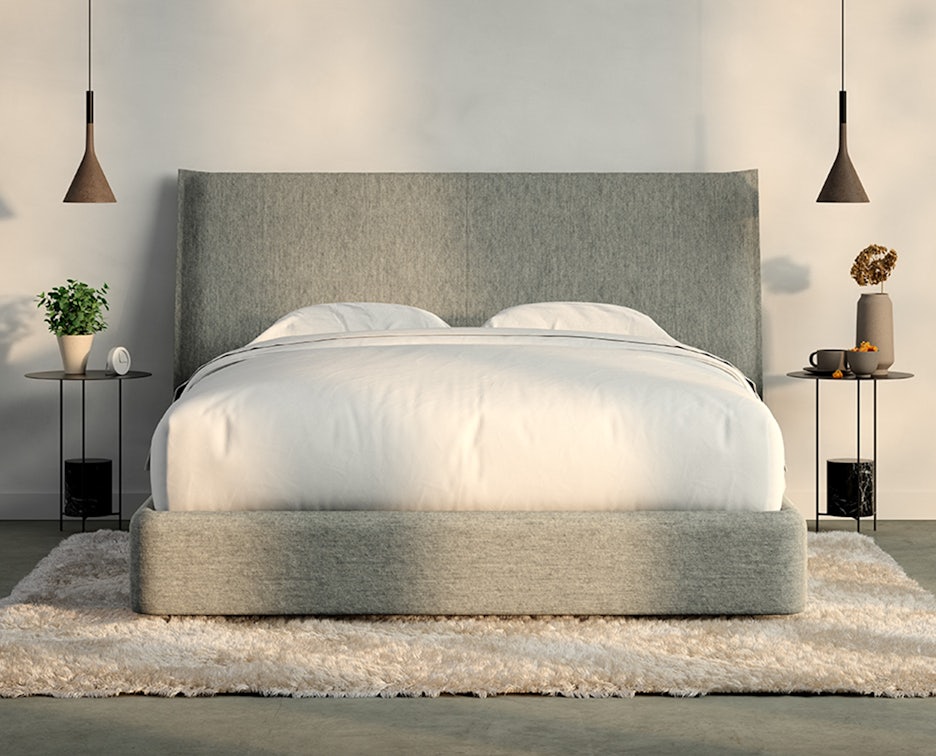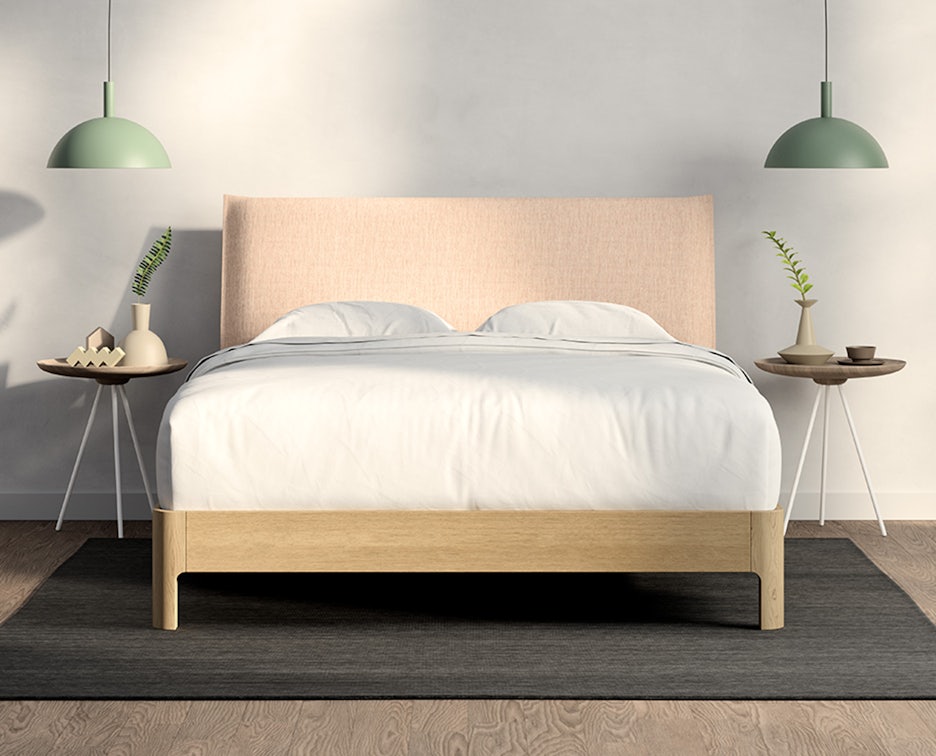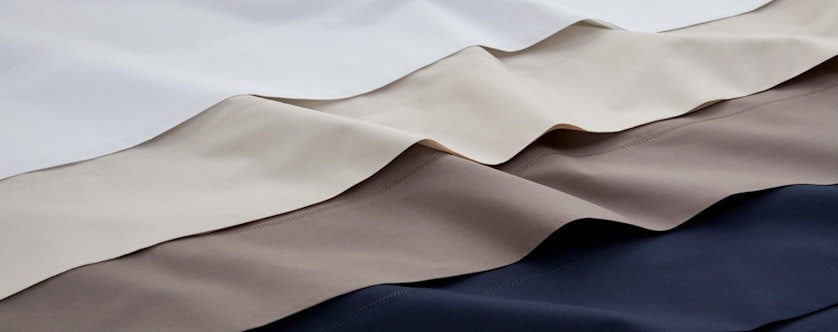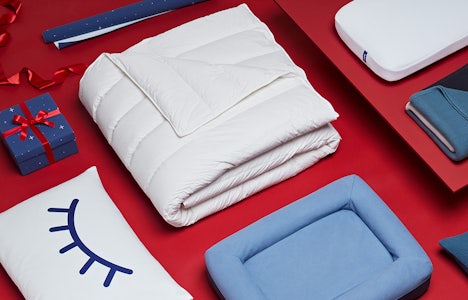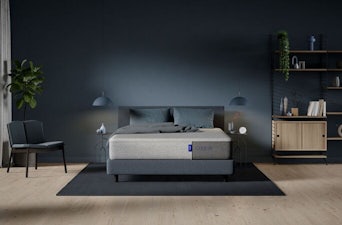
Full vs. Queen:
Size and Comparison Guide
09/09/2020 | Casper Editorial Team
With the wide range of mattresses on the market, it can be difficult determining which bed size is right for you. When it comes to full vs. queen bed sizes, queen mattresses are a very popular option among couples and typically work best in master bedrooms. However, sometimes a full mattress makes more sense for your needs. Our guide compares full vs. queen mattresses and includes everything from dimensions and price to the pros and cons of each.
Full vs. Queen Comparison Chart

For a high-level overview of the differences between these two mattress sizes — including dimensions, surface area, price, bedroom size, and people they work best for — use our full vs. queen comparison chart above.
Full Mattress
Queen Mattress
Full vs. Queen Dimensions
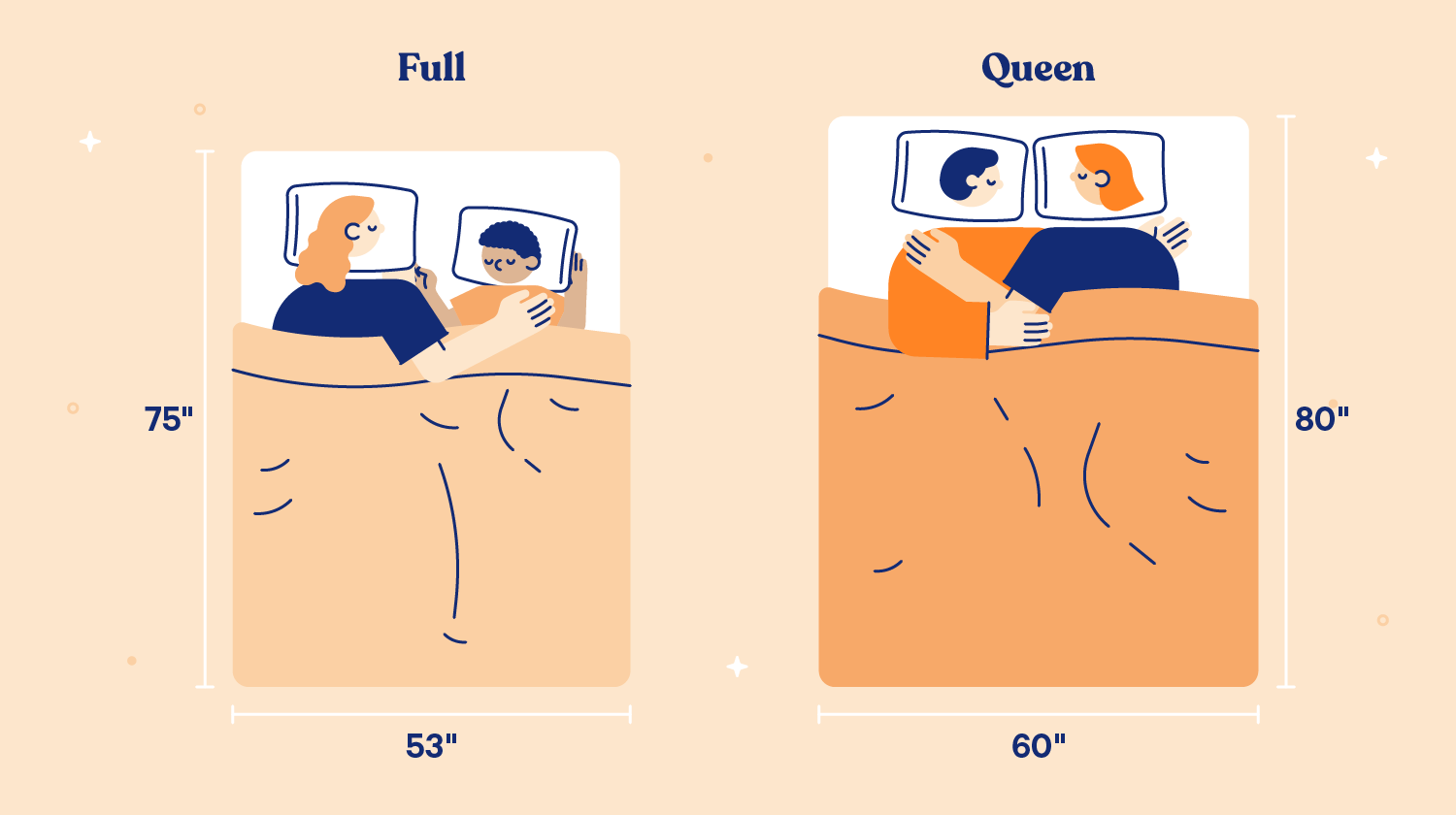
As you can see from our comparison image above, a queen mattress is bigger than a full, but by how much? A typical queen-sized mattress is 60 inches wide and 80 inches long with a surface area of 4,800 square inches. A standard full-sized mattress is 53 inches wide and 75 inches long with a surface area of 3,975 square inches. A queen mattress is seven inches wider and five inches longer than a full mattress.
While a queen-sized mattress is a popular option for couples, it could feel cramped for those that are tall or prefer extra room. A full is a better fit for single sleepers.
Price
Regardless of the brand, a full mattress is going to be cheaper than a queen because of the size difference. This includes accessories as well. The bigger the mattress size, the more expensive it’s going to be.
For example, Casper full-sized mattresses range from $995–$1,795, while the Casper queen-sized mattresses range anywhere from $1,000–$2,000. The price difference isn’t huge, but it’s something to keep in mind if you’re on a tight budget.
Accessories
Accessories include anything from pillows to a nice duvet. Because both full-sized beds and queen beds are incredibly common, finding accessories for these two mattress sizes should be no problem at all.
The only thing to keep in mind is the price. Because a queen-sized bed has larger dimensions, the accessories may be a bit more expensive than full-sized accessories. For example, full-sized sheets will be less expensive than queen-sized sheets. Full-sized beds will also generally require fewer pillows (depending on the person).
Room Size

It goes without saying that full-sized beds are better for smaller rooms and queen-sized beds are better for larger bedrooms. Full beds work best in guest rooms or bedrooms that are 10 feet by 12 feet. If you have anything below that, a twin size bed might be a better fit for your room.
Queen beds work best in master bedrooms that are 12 by 12 feet, however, anything above 10 feet by 10 feet should be fine. Anything smaller could make it hard for you to maneuver around your bed, especially if you have lots of furniture.
Comfort
Full beds are usually preferred for single sleepers. The width of a full bed is 53 inches, leaving about 26.5 inches per sleeper if you were to share the bed. For many, that’s not enough room and you would most likely be touching.
If you’re a couple who likes to cuddle, a full could work for you. However, a full is generally not recommended for couples who like to sleep with pets or share the bed with children.
If you’re tall, move around a lot when you sleep or just like to sprawl out, then a queen is a better choice. However, a queen is also ideal for two sleepers. With a width of 60 inches, the queen bed offers about 30 inches per sleeper, which is typically more than enough room to fit two comfortably.
The Pros and Cons of a Queen Bed

Queen beds are the most popular mattress size on the market. At 60 inches wide and 80 inches long, they are larger than a double bed but smaller than a king and California king-sized bed.
Pros
Cons
Queen beds offer more room than a full and are great for couples or adults who like having extra room to move around.
The Pros and Cons of a Full Bed

Full-sized beds — also known as “double beds” — are 16 inches wider than a twin bed, but smaller than a queen.
Pros
Cons
Twin beds make a great choice for guest rooms. They work best for tall teenagers or adults who sleep alone.
Queen vs. Full Mattress: How to Choose
So, how do you choose between these two mattress sizes? Consider your current sleeping environment. Are you looking for a bed with more space? Are you looking for a bed to fill a guest room?
If you’re looking for a bed with more space, a queen-sized mattress is probably the best choice — especially if you sleep with someone else. It will also allow room for pets and children if you have them.
If you’re looking to fill a guest room, opt for a full-sized bed. They are less expensive while still providing a decent amount of space for single sleepers. They are also easier to move around if you plan on relocating in the next year or so.
For more comparison guides, check out our comprehensive guide to king vs. California king and twin vs. full mattresses.
